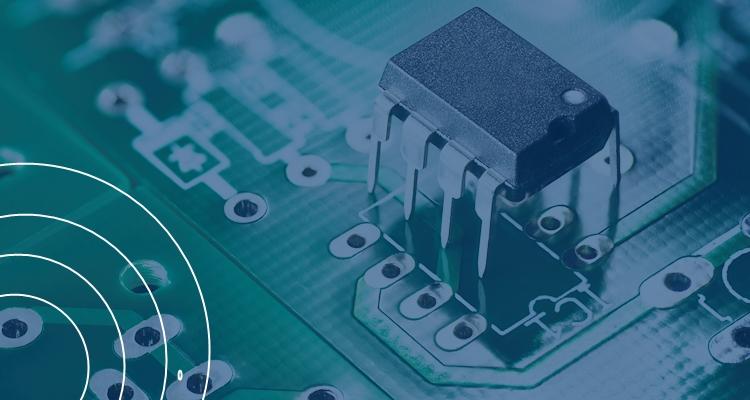At What Point In The Manufacturing Process Should Vibration Testing Take Place?
The question of when to carry out vibration testing in the manufacturing process is crucial. Vibration testing can be performed on finished products to simulate the vibrations and shocks that they may experience during shipping, handling, and usage. This testing helps to identify potential design flaws and weaknesses that could lead to premature failure or malfunctioning.
However, for optimal results, it's advisable to conduct vibration testing at different manufacturing stages, starting right from the initial design phase. At this early point, subjecting prototypes to vibration testing is prudent. Doing so helps to identify potential design flaws and weaknesses and make necessary modifications before the manufacturing process even starts. This can help to reduce the cost and time associated with making changes to the design later in the manufacturing process.
Pre-Qualification testing is often carried out at a higher level than would be expected at either official qualification testing or than expected in use. This ensures a robust product is put forward.
Qualification Testing, sometimes carried out at a certified test laboratory or with a customer witness test, serves as the final evaluation before the product enters full-scale production.
Once the final product is manufactured, regular vibration testing should be performed to ensure that the product continues to meet the expectations of the design criteria. This ongoing vigilance, known as Environmental Stress Screening (ESS), can be applied to either 100% of production or batch testing, depending on industry norms. Stress Screening is particularly adept at identifying minor variations in manufacturing, including material defects, machining anomalies, or assembly errors.
CentraTEQ offers a wide range of vibration testing equipment for high performance vibration testing. For more information or to discuss your project call us today on 0121 706 2319 or contact us online.

